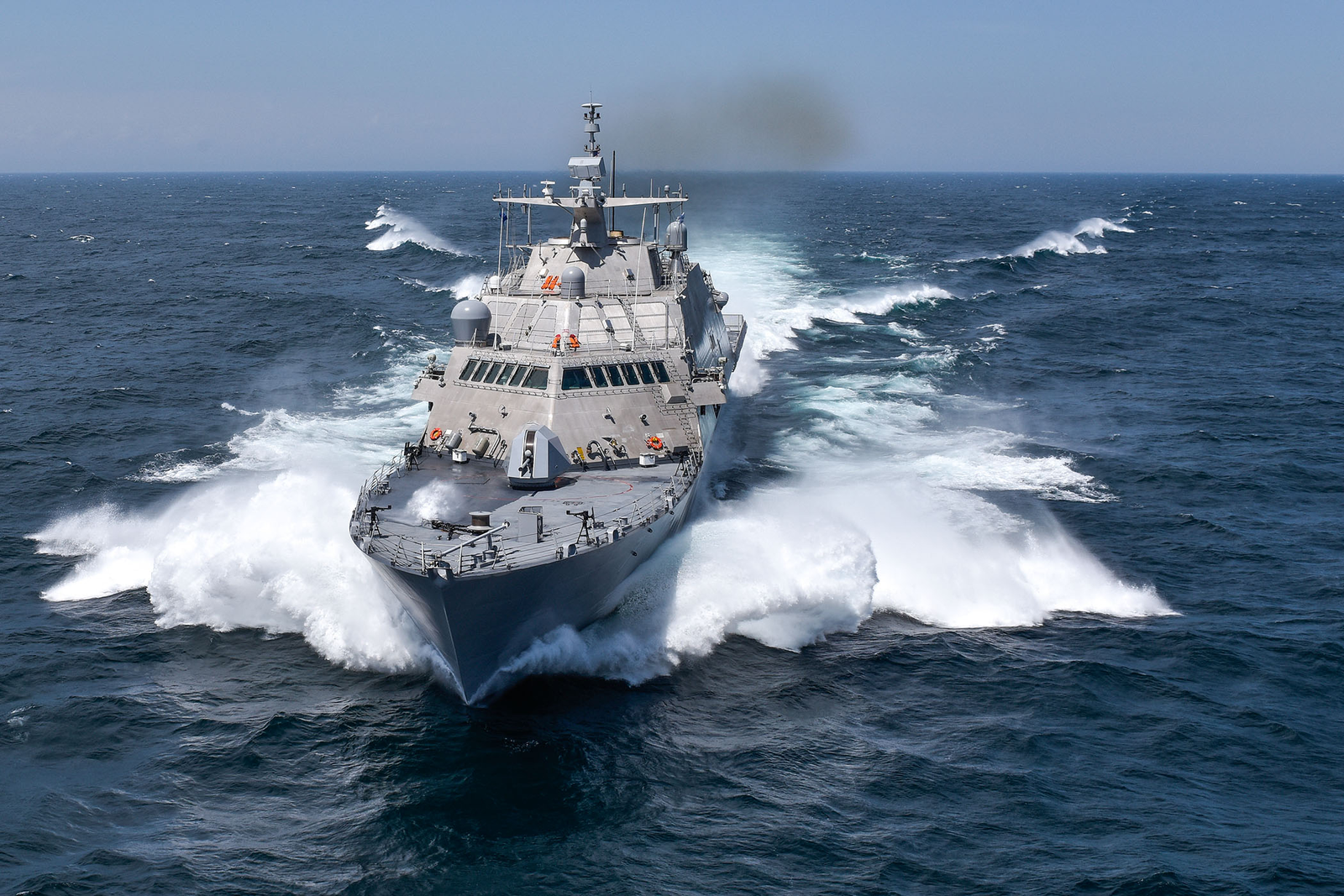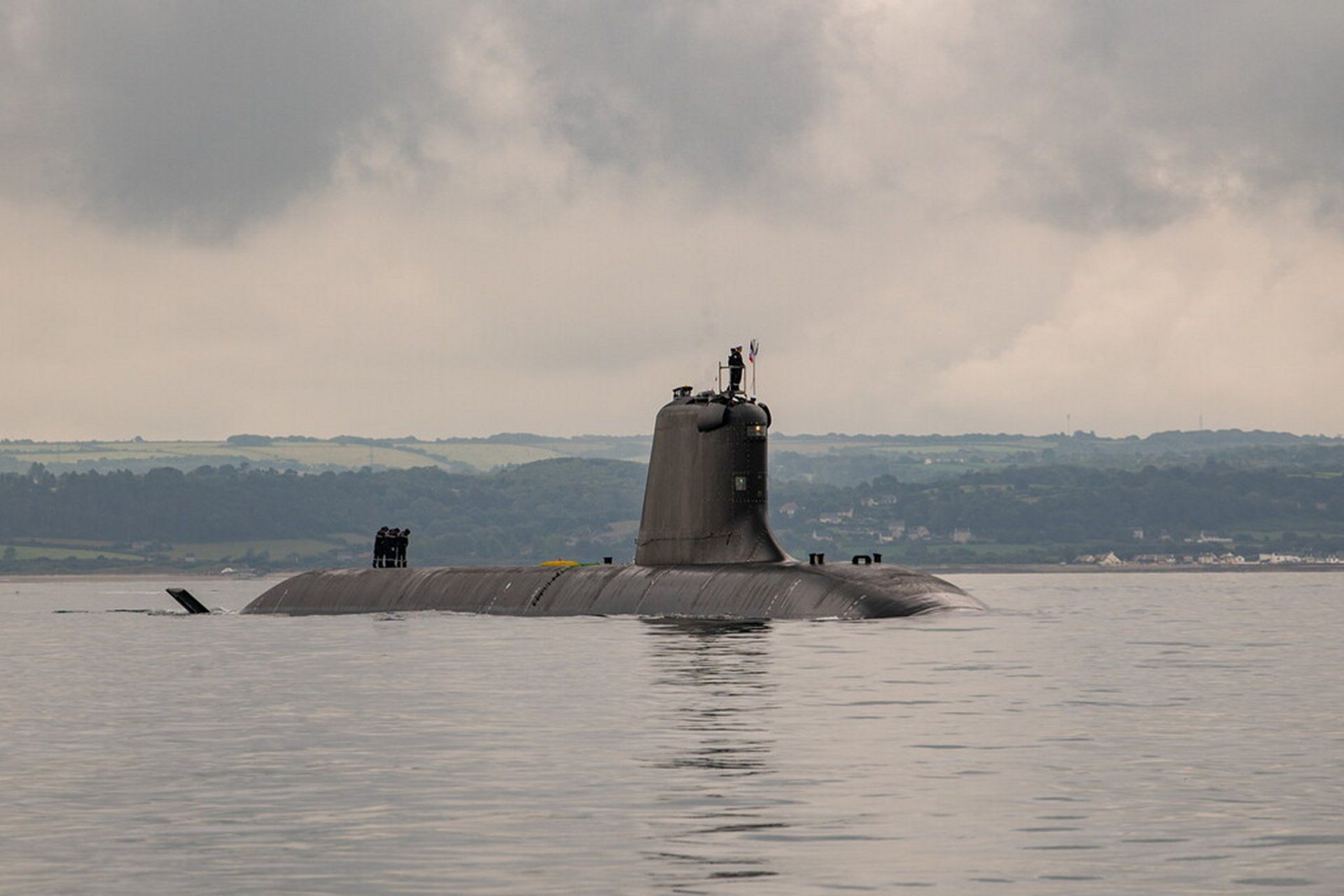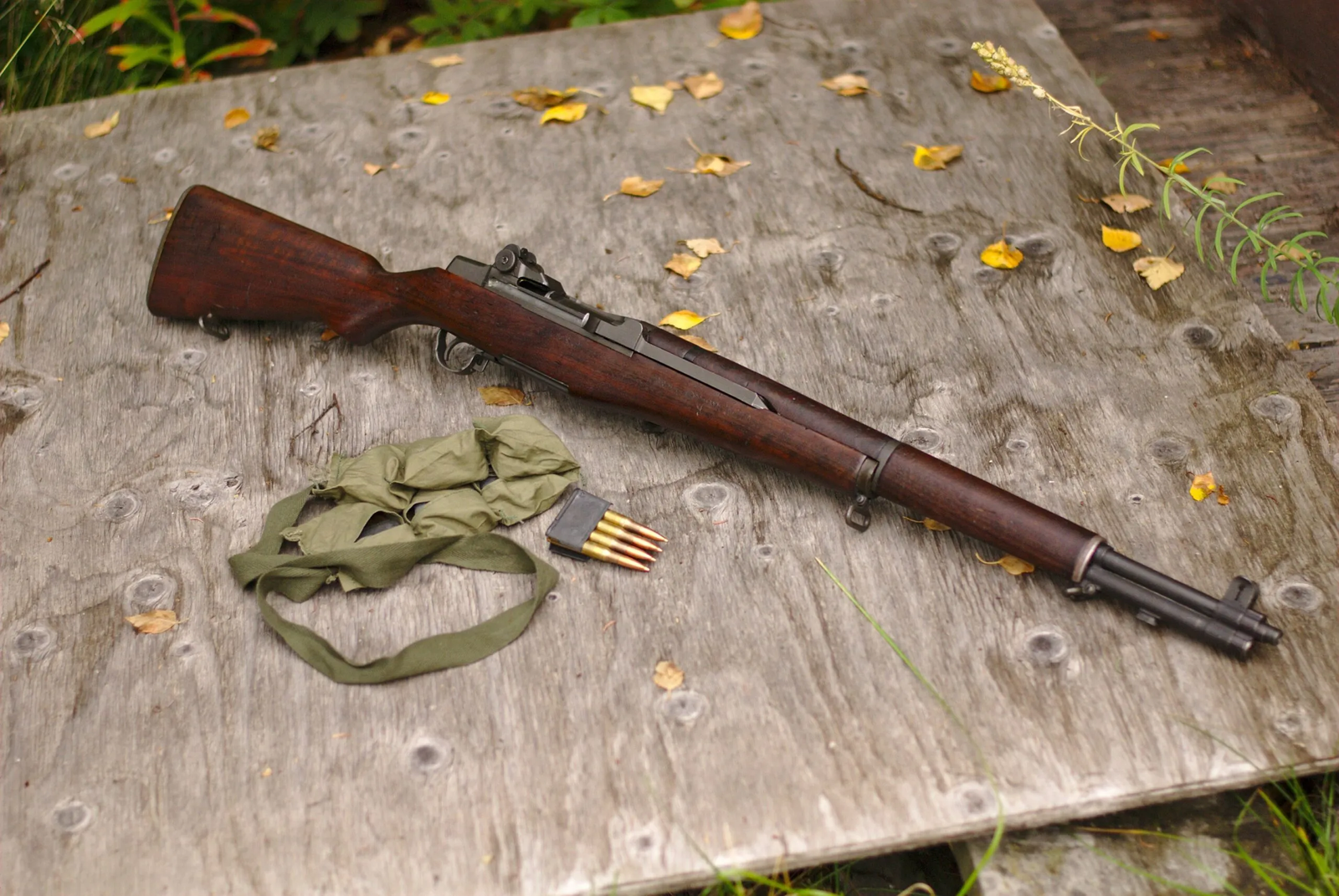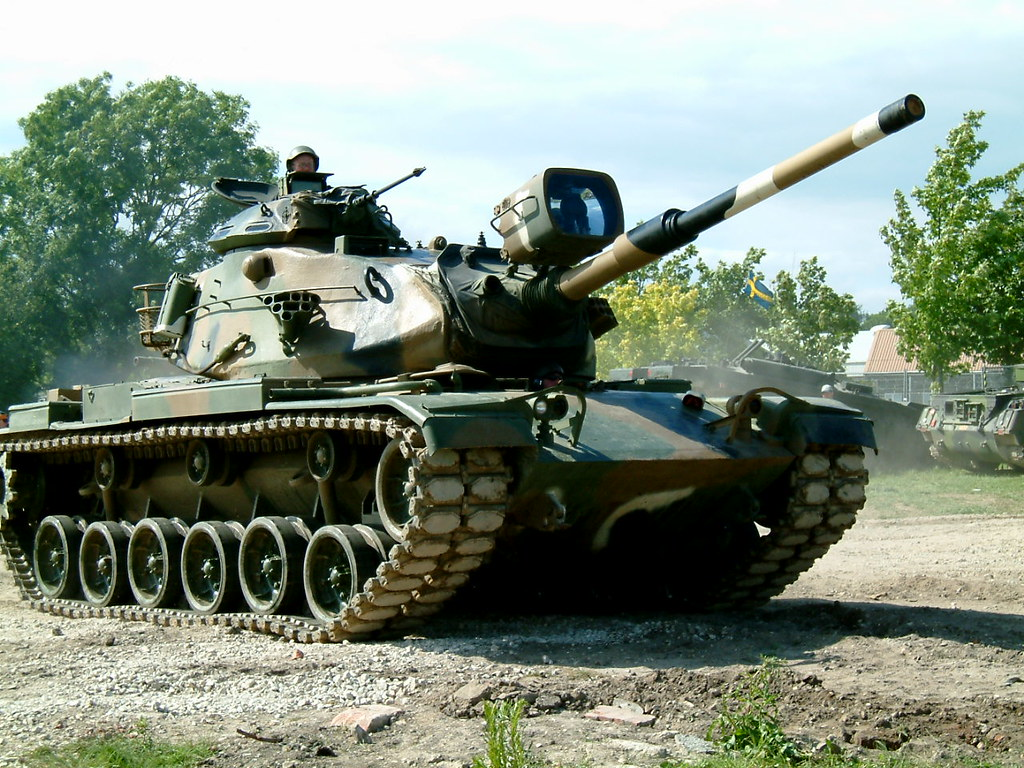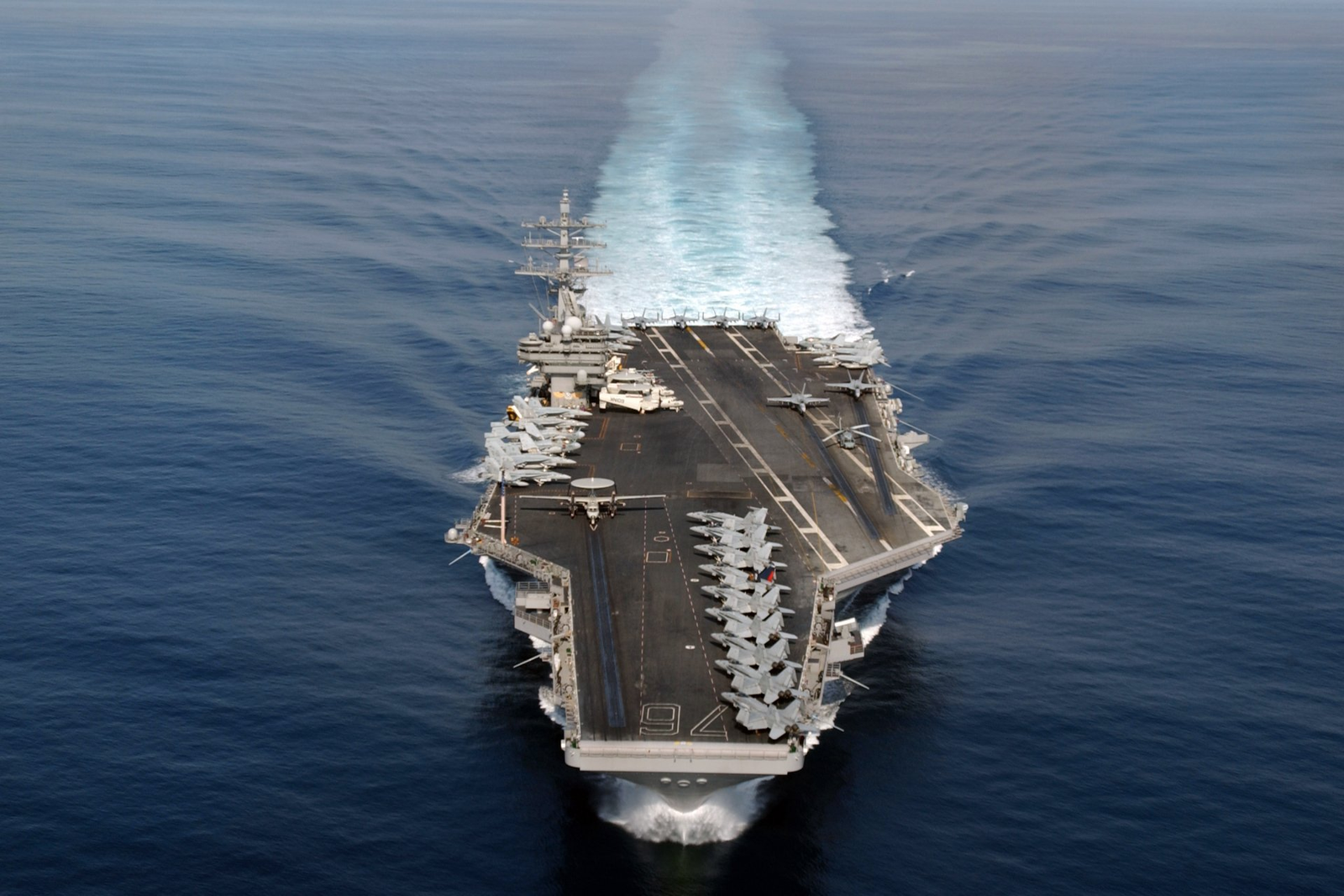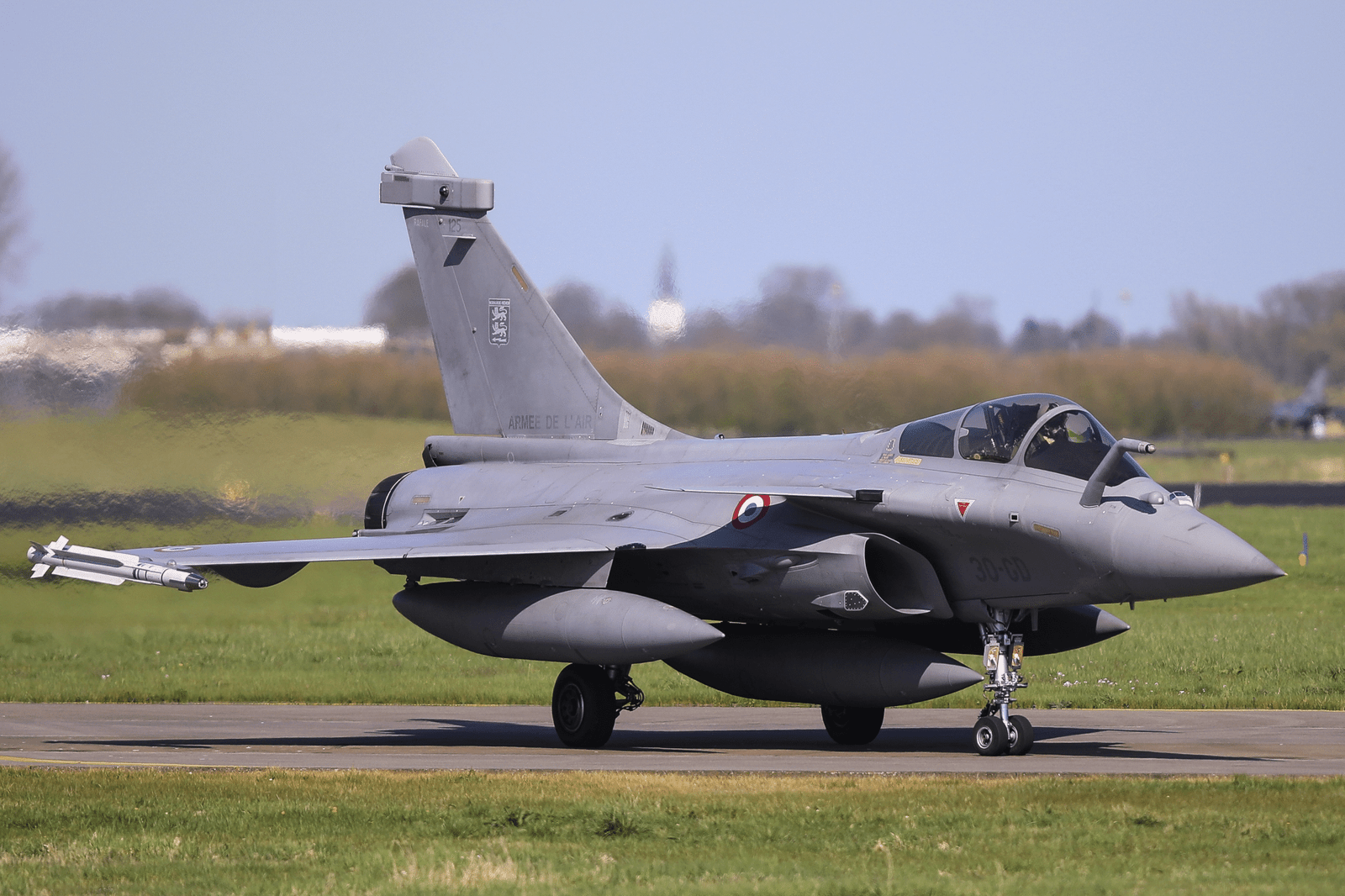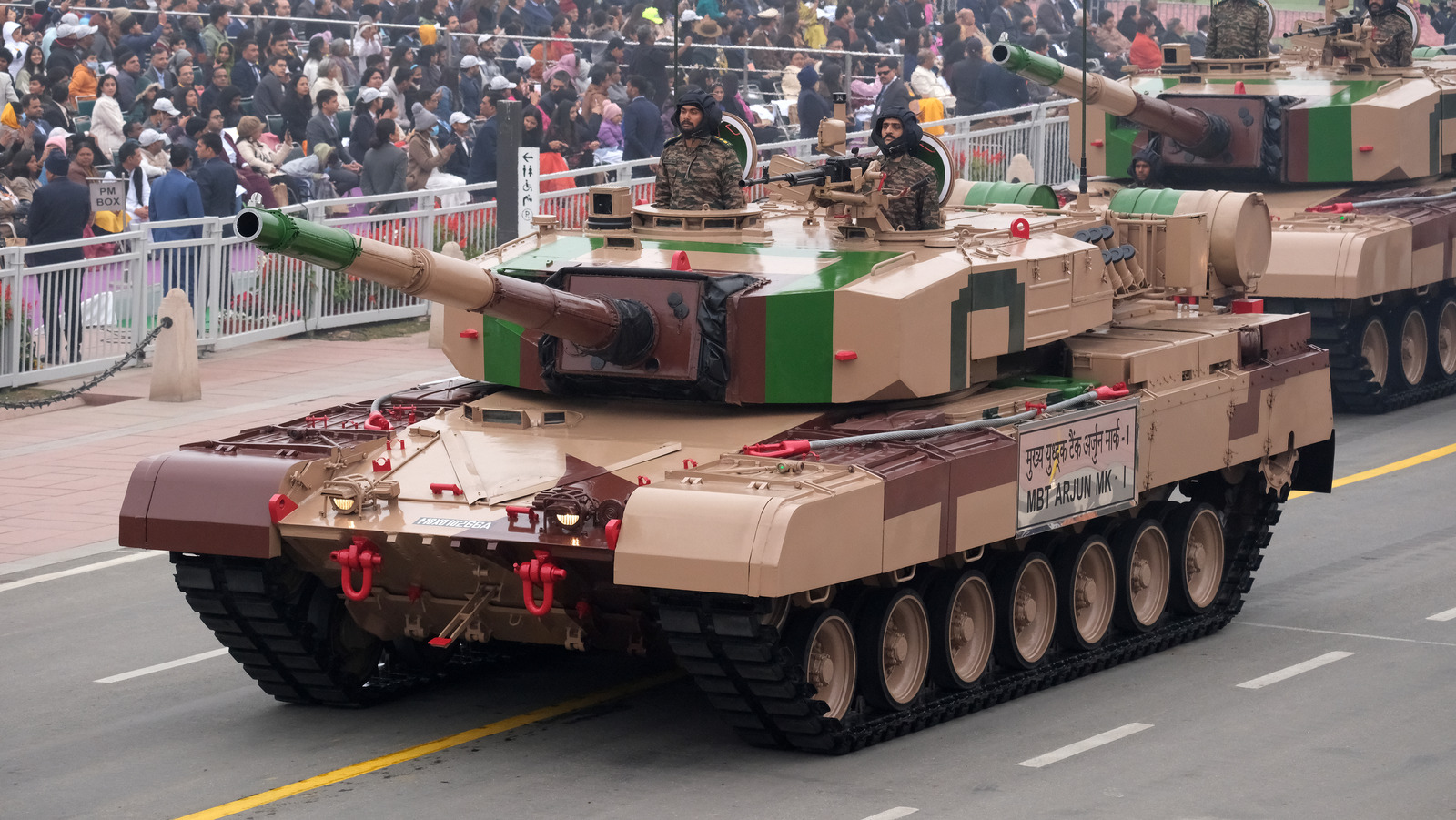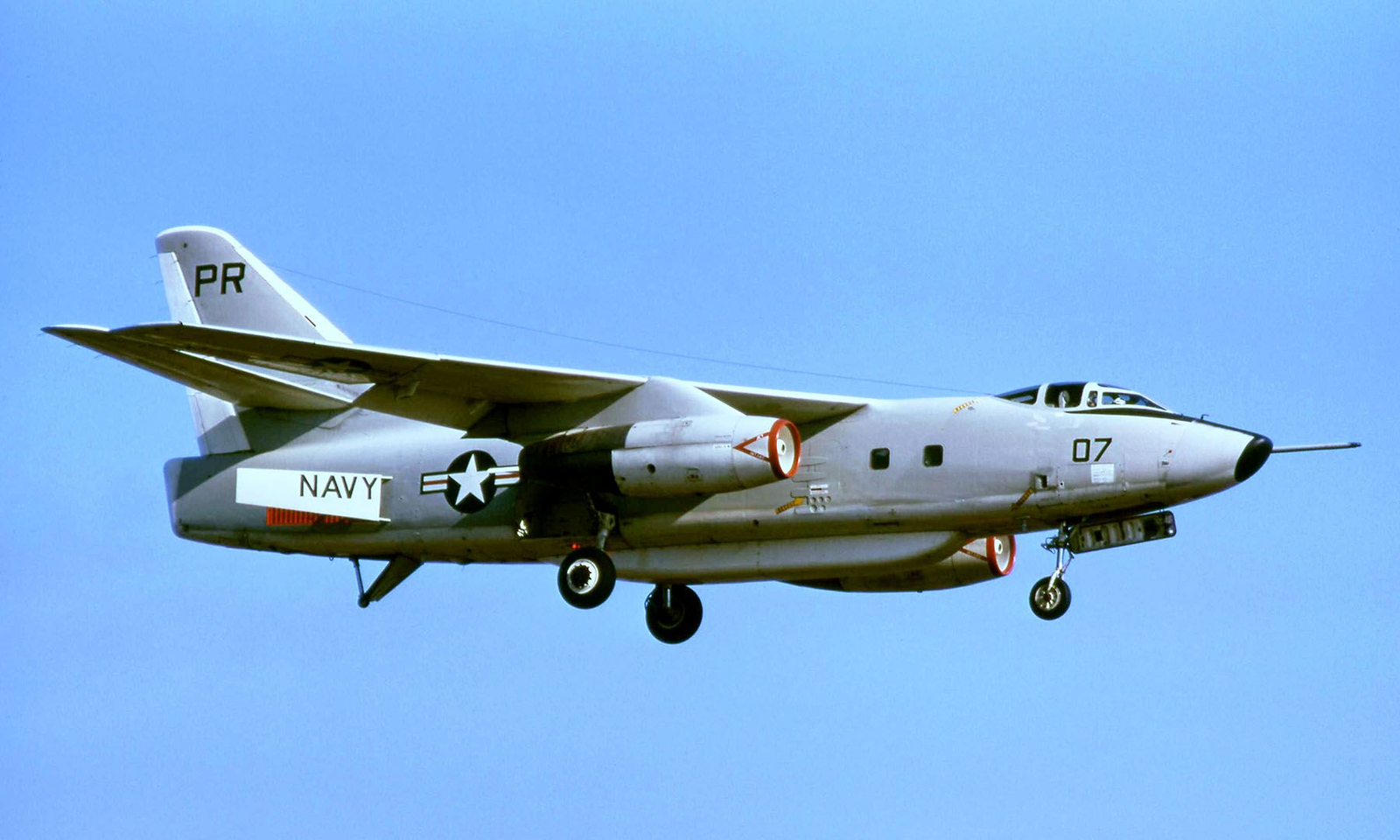
Since President Eisenhower’s day, the B-52 Stratofortress has represented American military power—a bomber that outlasted its designers, soared in almost every war since Vietnam, and gained a reputation for unparalleled stamina. The Air Force is now getting ready to keep this legend airborne into its second century thanks to a bold modernization strategy as ambitious as it is controversial.

In the heart of the B-52 transformation to B-52J are two large-scale upgrades: the Commercial Engine Replacement Program (CERP) and the Radar Modernization Program (RMP). The strategy? Replace the vintage 1960s-era TF33 engines with Rolls-Royce F130 turbofans, with the promise of improved fuel efficiency, reduced maintenance requirements, and higher reliability.

Concurrently with that, the aging radar system is being replaced with a new active electronically scanned array (AESA) radar—based on F-15 and Navy Super Hornet technology—along with new avionics, displays, communications systems, and support for emerging weapons, including hypersonics.

In theory, it will all enable the B-52J to remain a cornerstone of American airpower for generations to come. The bomber’s enormous payload—up to 35 tons of munitions—remains one of the world’s most potent strike vehicles. Powered by new engines and electronics, the Air Force expects the Stratofortress to fire standoff cruise missiles, deliver precision-guided bombs, and even pilot drones—all at safe distances beyond the enemy’s defenses.

But it isn’t easy to modernize a Cold War-era aircraft. The B-52J program is already three years behind schedule, and full operational capability is now not expected until 2033.

The program, the Government Accountability Office says, underestimated how difficult it was to meld brand-new engines and radar systems into a plane that took its first flight when black-and-white TVs were still the cutting edge of television technology. Funding gaps and design issues—down to mere things like maintenance access panels—have led to delays that just keep piling up.

One of the largest sore spots is the radar upgrade. Costs climbed 17% above early estimates, resulting in a Nunn-McCurdy violation and requiring formal congressional consideration. The upgraded radar will still far outperform the legacy system in reliability and targeting accuracy, but at the new cost of $2.6 billion for just the radar, which has earned the ire of budget hawks and lawmakers alike.

There is also worry about concurrency, the military’s dangerous practice of developing and testing new systems simultaneously. Pentagon officials have cautioned that filling out most of the fleet before completing full testing could result in costly retrofits in the future if anything goes awry.

That has added gas to a heated debate. Proponents of the B-52J say that modifying current bombers is much less expensive and quicker than creating a completely new aircraft from the ground up. They note that the B-52’s airframes are still solid structurally, and with new components, the jet is an extremely adaptable and inexpensive asset.

Its critics, though, argue that it’s time to move on. To them, the B-52, however much improved, remains a relic, growing more susceptible to cutting-edge air defenses. They contend the dollars going into modernization would be better invested in ramping up the B-21 Raider, the Air Force’s next-generation stealth bomber already in the flight test phase.

That’s no hypothetical worry, either. The Air Force now intends to have a two-bomber force: 76 B-52Js for standoff missions and at least 100 B-21s for stealthy, deep-penetrating missions. But with the B-52J running behind schedule, officials have suggested increasing the B-21 order to up to 145 aircraft, depending on how the modernization effort turns out.

Even while its future is argued, the B-52J is already being set up for critical missions. The plane is slated to be a central component of Bomber Task Force operations, firing precision and hypersonic weapons from beyond enemy airspace and even serving as a drone mothership in the next war.

But readiness is still a problem. The rate of mission-capable bombers has fallen to below 54%, and maintainers often struggle with obsolete parts and shortages of components. Most flights occur with non-essential systems inoperative, and structural fatigue is increasingly a concern—one that famously hounded the C-5 Galaxy following its engine upgrade.

There is also a strategic communication risk. Since the B-52 is a dual-capable bomber, operating it in a standoff mode would give the wrong signal in a crisis. In a volatile environment such as a Taiwan crisis, there is a risk that some opponents would misunderstand a conventional B-52J flight as nuclear signaling, which would ratchet up tensions.

So, will the B-52J go down in history as a good investment or as a classic sunk-cost fallacy case study? That is up to the Air Force to determine, as it faces issues with integration, runaway costs, and making sure the plane can deliver on the needs of 21st-century warfare. For now, the “BUFF”—Big Ugly Fat Fellow, its friendly nickname—the old bomber keeps flying, bearing both the weight of history and the expectation burden as it approaches the century mark.


